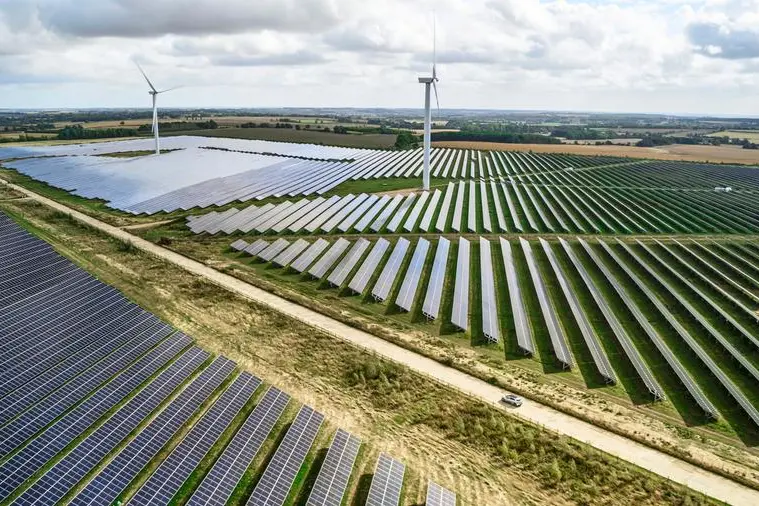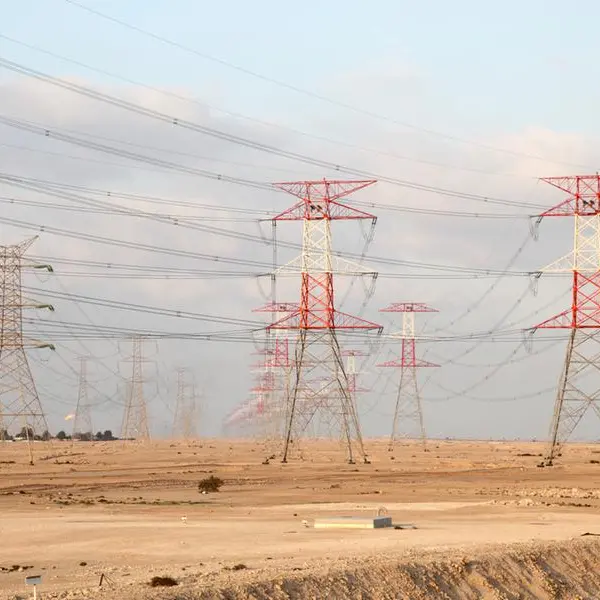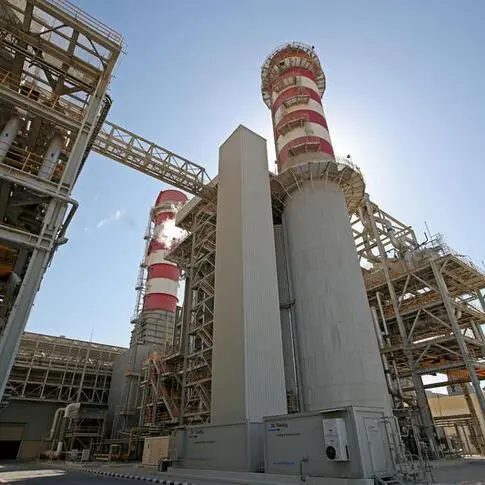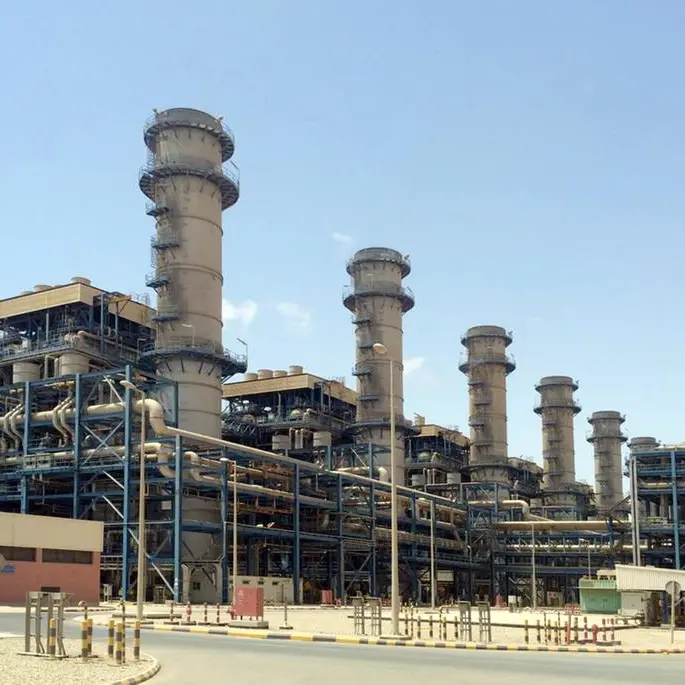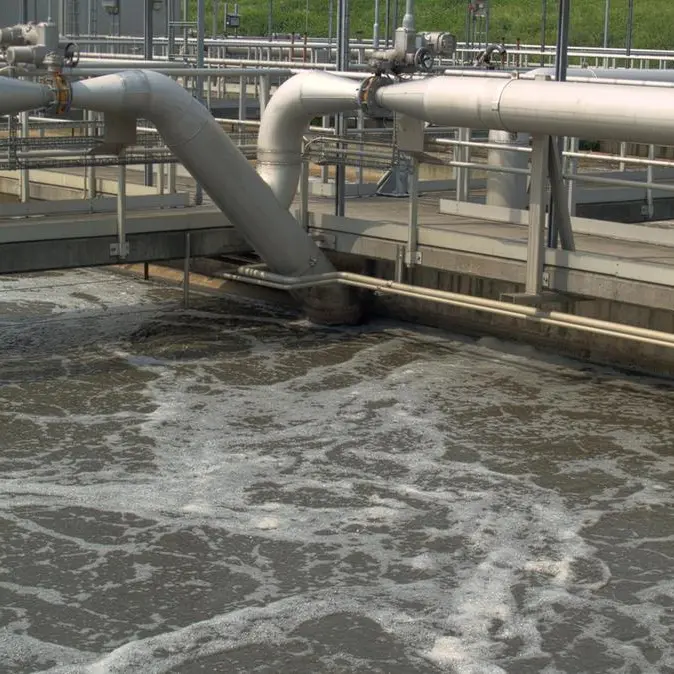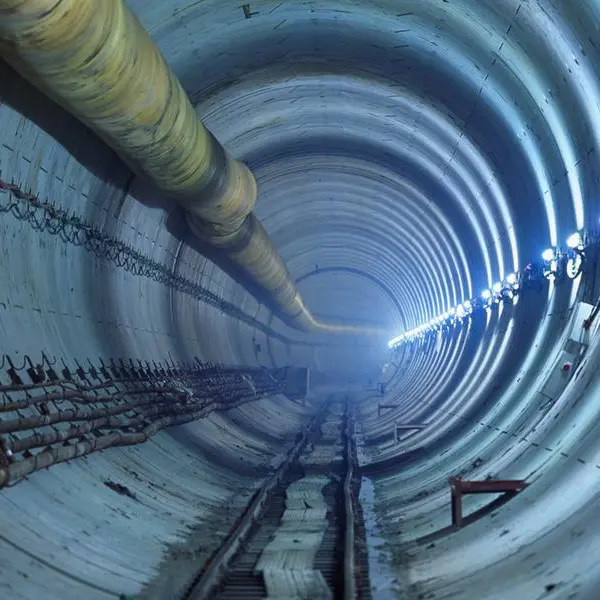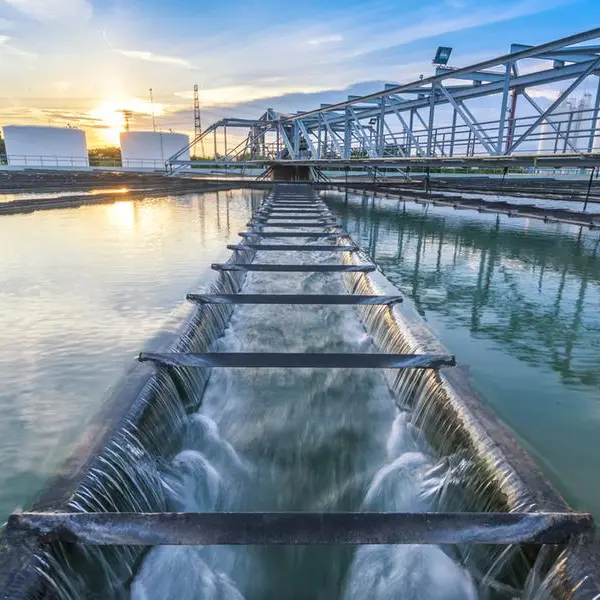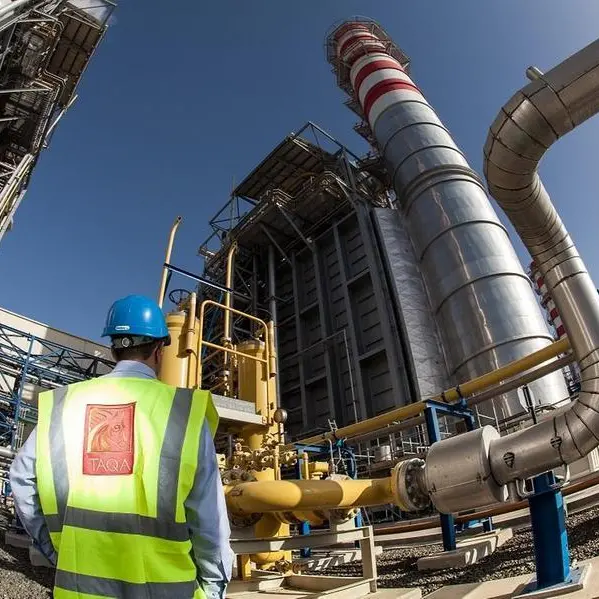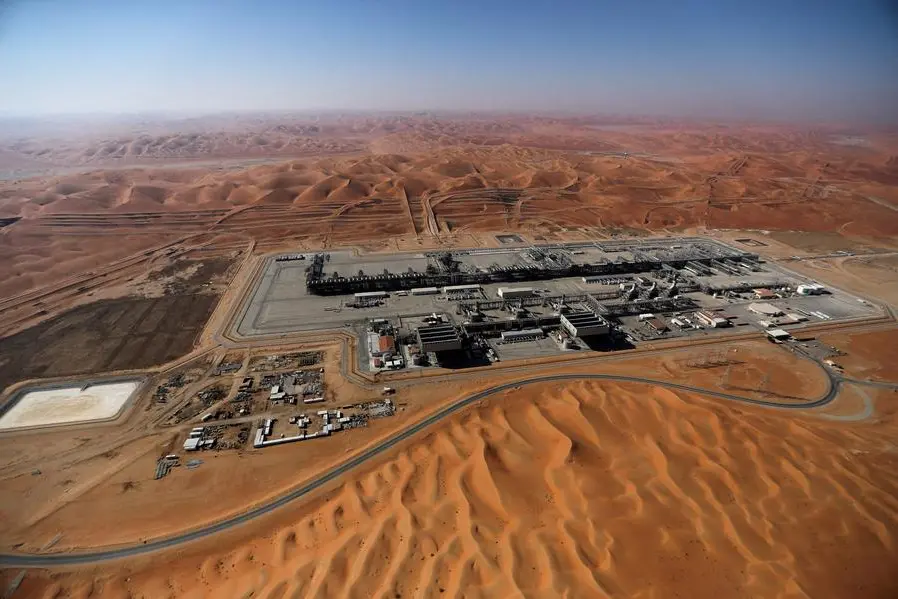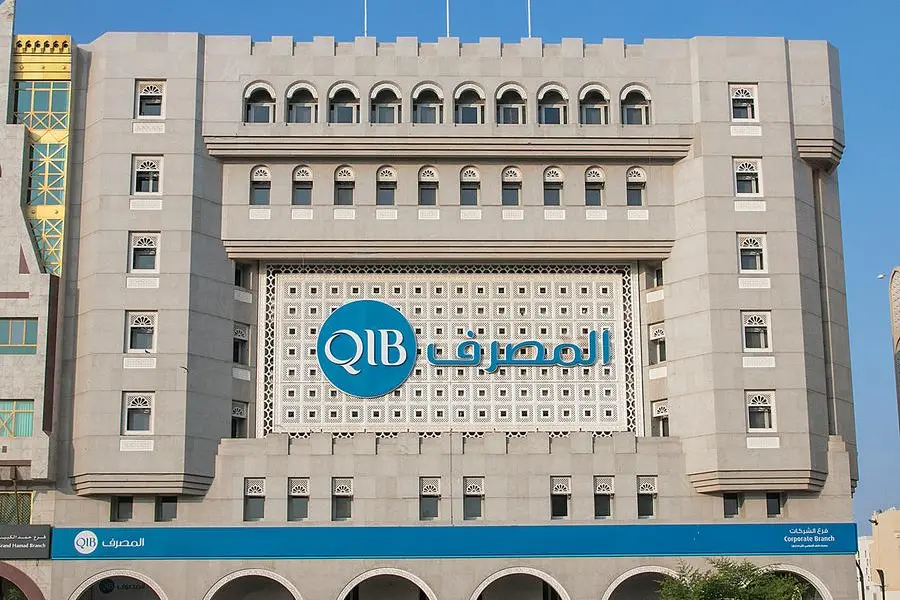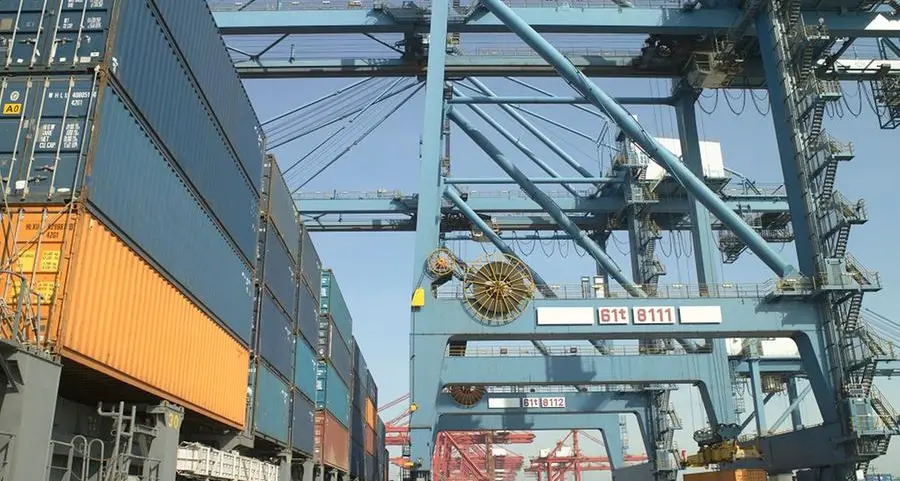PHOTO
Each BESS, which is linked to an advanced inverter to maximise efficiency and manage energy, is capable of supplying power direct to the National Grid during peak hours. Image Courtesy: JLR
The global shift toward renewable energy, combined with advancements in battery technology and extended energy storage capabilities, is driving the large-scale deployment of customised Battery Energy Storage Systems (BESS) across power grids.
China-based energy storage manufacturer Hithium is responding with the launch of its ∞Power 6.25MWh 2h/4h BESS platform, designed to meet scenario-specific requirements of Independent Power Producer (IPP) projects worldwide.
Speaking at the Middle East Energy (MEE) exhibition in Dubai, Dr. Keramat Fakhari, Managing Director for META, CIS and South Asia at Hithium, said the BESS market has entered a new phase of technological maturity since 2024, with energy storage and charge capacities surpassing 6MWh and 500Ah respectively from 4 to 5 MWh and 300 Ah two years ago.
“Whenever a new energy storage technology achieves maturity and stability, it drives the rapid introduction of products with higher capacities and greater energy densities. To stay ahead, suppliers must take a proactive approach by continuously analysing market trends, addressing challenges, and identifying emerging breakthroughs that shape future innovations,” he said.
Modular platform, lower costs
Building on its ∞Pack+ BESS platform, a standardised 200 kWh system with fixed dimensions, Hithium has developed the ∞Power 6.25MWh 2h/4h BESS, which allows customisation for different energy durations and environments. In the two-hour BESS configuration, the battery cell has a capacity of 587 Ah, whereas in the four-hour BESS configuration, it increases to 1175 Ah.
The global delivery of the ∞Power 6.25MWh 2h/4h BESS will begin in the fourth quarter of 2025, and a model named ‘Desert Eagle II’ has been announced specifically for the MEA market. According to the company, the new system is up to 15 percent more cost-effective than 5MWh models and offers a service life comparable to that of photovoltaic systems.
Fit-for-Purpose design
Independent Power Producer (IPP) projects in the Middle East generally have durations of 20 to 25 years, although some are structured for shorter terms of around 15 years.
The projects have different scenario-based applications, depending on load profiles, cycle requirements, C-rate and P-rate, and geographical factors.
“We recognise that scale alone is not the solution to every challenge, and that a one-size-fits-all approach cannot address the growing demand for battery energy storage solutions,” said Fakhari.
“It is necessary to offer customised energy storage solutions to meet specific operational and regulatory requirements across different markets. A scenario-based approach is key to accommodating diverse operational demands,” he said.
When designing a containerised BESS, such as a standard 20-foot configuration, it is important to ensure that all parameters remain within the optimal operating conditions. The constraints include the weight and dimensions of the container, voltage limits, battery chemistry, and safety of the BESS.
“We could introduce a 10 MWh system, but we are restricted by voltage limitations imposed by the grid and power conversion systems. Additionally, we face constraints in battery chemistry: there is a finite limit to how many cells can be integrated into a given space. Furthermore, safety regulations in different countries impose fire protection and operational requirements, making compliance a critical factor in system design and deployment,” the Hithium executive explained.
Similarly, designing a 40-foot container is technically feasible, but transportation challenges would present a major constraint for customers, and factors such as weight limitations, port restrictions, and logistics must be taken into account.
Fakhari said the company’s platformisation strategy allows standardisation and modularisation of BESS for adaptability and scalability. Rather than creating entirely new products, the focus is on optimising battery cells and expanding capacity within the existing platform.
“As capacity increases, unit weight rises, impacting the adaptability and maintainability of the system. Any change in cell and module design will have an impact on fire protection, cooling, and other critical systems. The platformisation design approach eliminates the need for constant adjustments to the fire fighting system, cooling system, and other essential components,” Fakhari said.
Operating environment matters
Maximising the efficiency of BESS requires careful consideration of both the operating environment and the system's intended application.
Fakhari noted that the same battery exhibits significant differences in cooling and overcurrent performance across varying durations.
“A one-hour BESS configuration may seem like the simplest to implement; however, rapid battery discharge increases current flow, generating substantial heat within the battery. As a result, cooling requirements for a one-hour BESS configuration are greater than those for a four-hour BESS configuration. The stakes are higher when a one-hour BESS operates under extreme conditions, such as temperatures exceeding 50°C, which poses greater challenges in thermal management,” he said.
He added that overcoming these challenges will become increasingly important as the industry delves deeper into the technical complexities of energy storage solutions.
Cost considerations
Depending on the application, an estimated 60 to 80 percent of an IPP project is driven by capital expenditure (CAPEX), with many IPPs continuing to prioritise CAPEX in their planning.
As large-scale, high-capacity energy storage systems help reduce equipment and real estate costs, the reduction in CAPEX lowers construction costs.
“Higher-capacity systems reduce the number of containers and cables required, allowing for a compact plant design, which significantly lowers construction costs over the project’ lifetime,” Fakhari said.
As energy storage products mature and enter the maintenance phase, the IPPs are expected to emphasise operating expenditure (OPEX), according to Fakhari.
“Going forward, IPPs will focus more on key performance indicators such as roundtrip efficiency (RTE), auxiliary power consumption, system availability, and state of health (SOH) as they become significant cost factors over a 20–25-year project lifespan. Additionally, operations and maintenance costs, including metrics such as mean time between failures (MTBF) and mean time to repair (MTTR), will play a crucial role in the project lifecycle evaluation,” he said.
“Hithium is committed to optimising every aspect of its BESS to enhance IPP investment efficiency and deliver greater value to investors,” Fakhari concluded.
(Reporting by Dennis Daniel; Editing by Anoop Menon)
Subscribe to our Projects' PULSE newsletter that brings you trustworthy news, updates and insights on project activities, developments, and partnerships across sectors in the Middle East and Africa.
